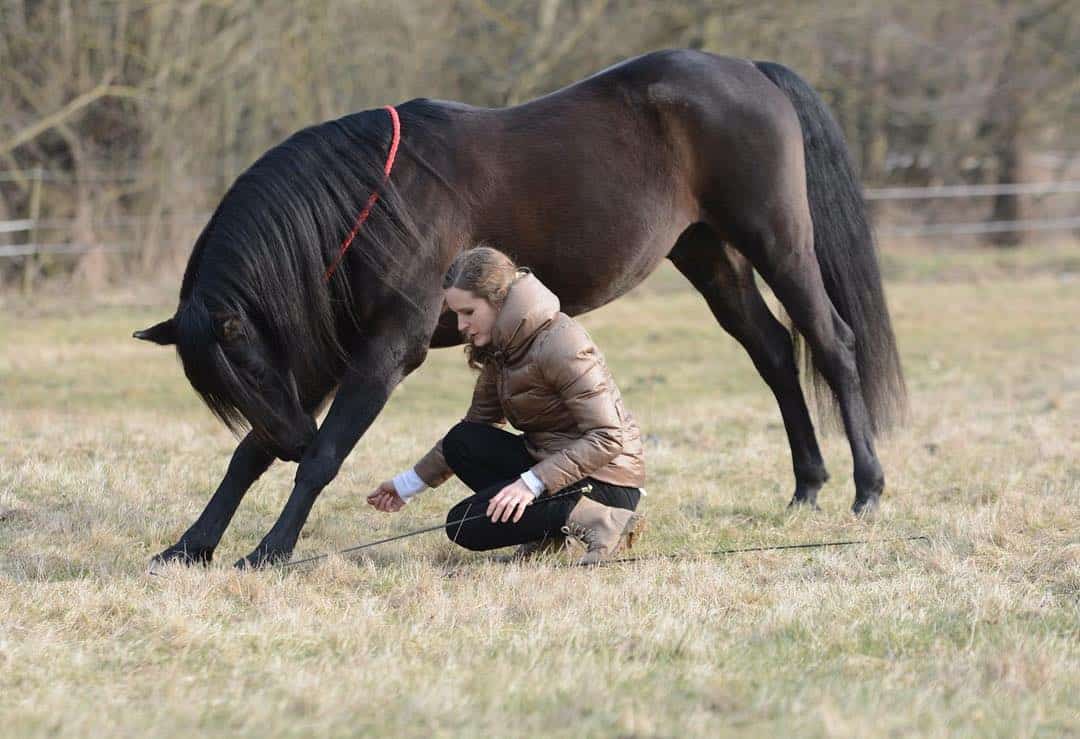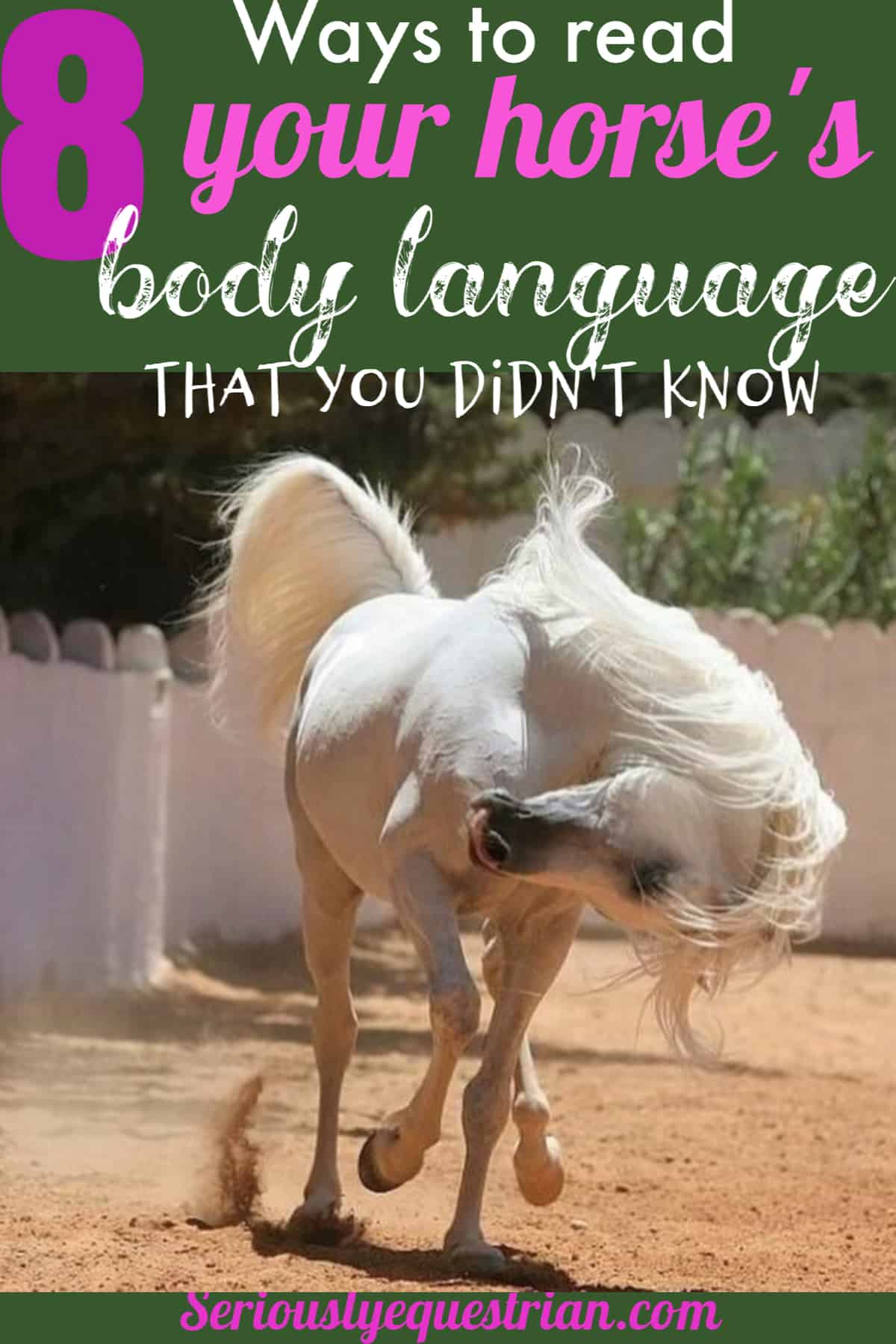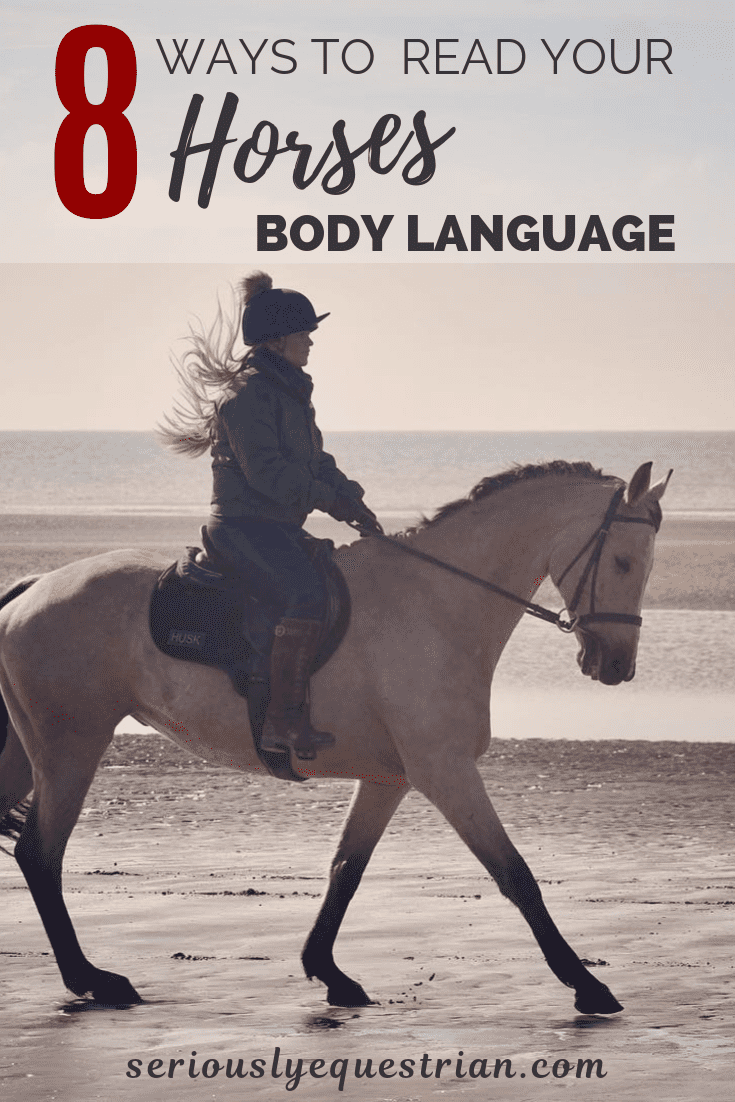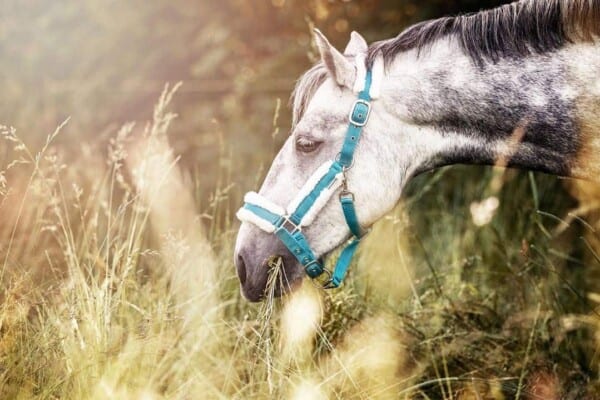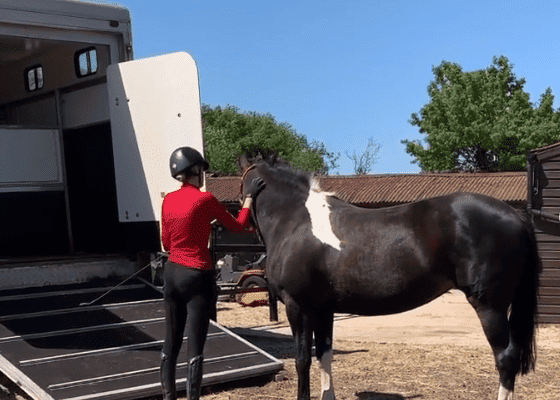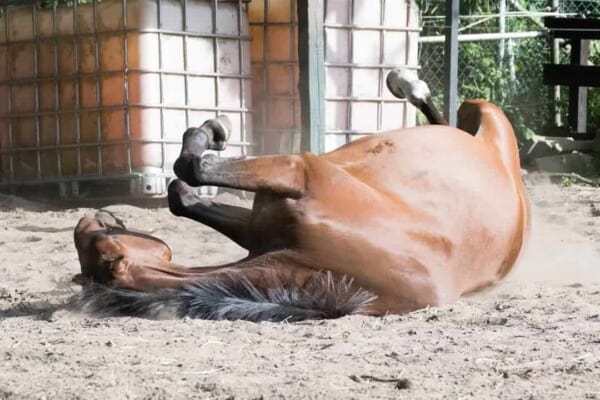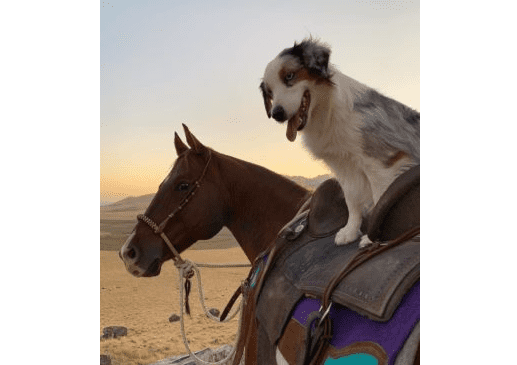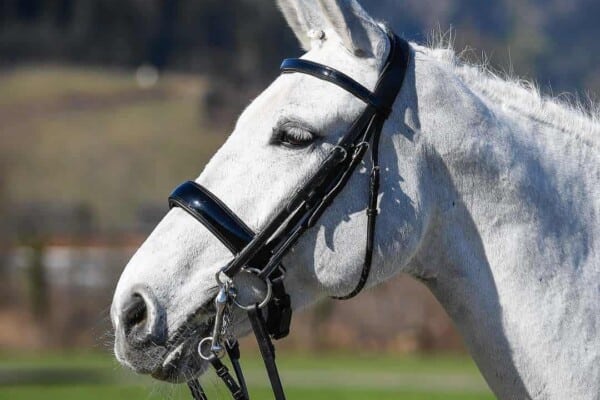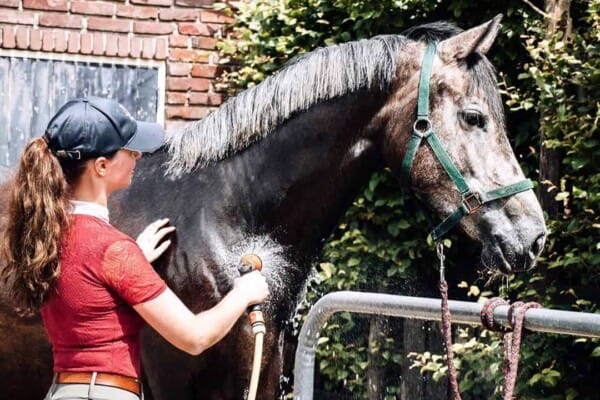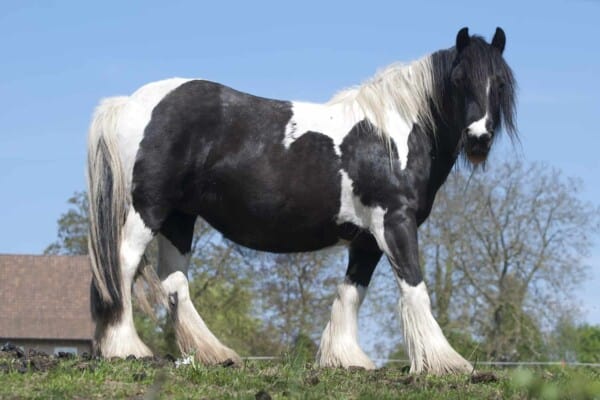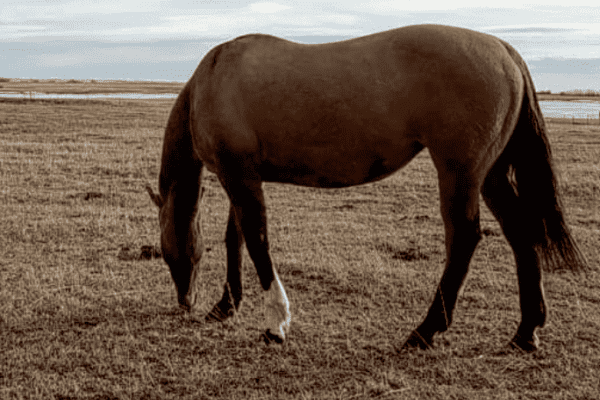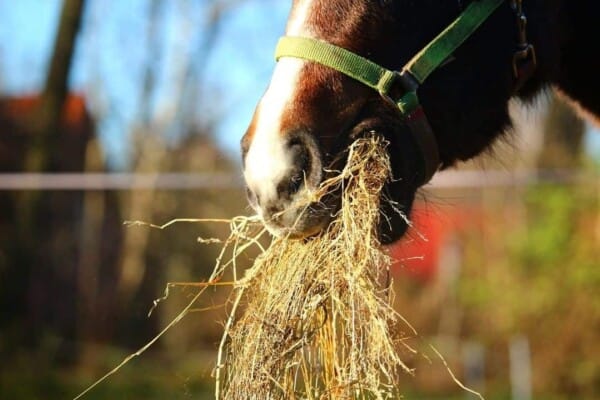If you observe horses at rest in the field for any length of time, you might be struck by the interaction between them. Observe them for a while and you can see subtle horse body language which is an essential part of their communication with one another. The flick of an ear, a look or glare, a wrinkle of the nostrils or even just their general demeanor all provide clues as to how your horse is feeling and what is on his mind. This is key communication between horses in the herd and an invaluable tool for any owner or handler.
Most people learn to read their own horses’ body language because they handle them daily and get to know their habits and foibles. But we all know how much harder it can be to ‘read’ a new horse. Here are some key traits that are common to most horses and will help you understand expressions and behavior that you may not have come across before, either with your own horse or a new acquisition:-
- Head carriage or the position of the horse’s head – high up and alert usually indicates he has spotted something unusual, unfamiliar or an object which needs further investigation. He certainly won’t be paying attention to his rider if he is under saddle! Horses droop their heads when they are resting or dosing but this can also be a sign of illness. Horses with a permanently raised head carriage whilst being ridden with a correspondingly inverted back may need re-education or could even be in pain. Snaking the neck is an aggressive act made obvious usually by the expression on the horse’s face
- Ears – ears are an obvious focus for those keen to discern horse body language. If they are pricked or pinned back then these emotions are quite easily understandable but ears which are reversed, not necessarily flat to the head, indicate the horse is listening to something behind him. Ears out to the side are commonly seen when the horse is in repose. Rapid back and forth motion indicates the horse is in a state of high excitement or nervousness, this may be either a positive – before a competition – or a negative – he is frightened or worried
- Muzzle and mouth – every owner is familiar with the hanging lower lip of the relaxed horse but the mouth and muzzle area can offer a lot of different clues in the comprehending the language of the horse’s body. Horses will chew when they are relaxed even with an empty mouth. A tight mouth and jaw firmly clamped shut are indicative of tension or fear, often both and can sometimes be accompanied by a pinched muzzle. Jacobson’s Flehmen is the name given to the act of curling up the top lip which can look humorous to non-horsey people – it seems as if the horse is laughing or deliberately pulling a funny face. In fact, the horse has likely smelled something unusual and uses this mechanism to push scent particles through the VNO – Vomeronasal Organ, otherwise known as Jacobson’s Organ. This is a sophisticated detection process helping him to analyse the unusual or unknown smell
- Eyes – usually fairly easy to discern in terms of expression or mood. Some horses may ‘exhibit’ a kinder eye than others. Some breeds or types naturally show the white of their eye which many consider to be a sign of aggression or bad temperament but this could be quite normal for that particular horse. The eye of a horse is categorised as one of the key indicators in horse body language but it does depend on conformation
- Hind limbs – it is quite usual for a horse to ‘rest’ a hind limb by dropping a hip when he is dozing or relaxed. Other body language will endorse the stance, low neck position, drooping head. A horse that is frequently changing weight from one hind limb to the other is uncomfortable and the source of the pain should be established quickly as this might indicate an early bout of colic
- Tail – similar to other mammals like cats and dogs, horses use their tails in multiple ways, not just to remove irritating flies. A clamped tail indicates pain or discomfort or even, just suspicion. Some horses do this if you try and put on a tail bandage or tail guard before travel. A constantly swishing tail when under saddle can be a sign of discomfort or resistance; this used to be penalized in the dressage arena. Some horses do naturally move their tails a lot when they are under saddle. A tail permanently held to one side can indicate Sacro-iliac or back problems and needs further investigation
- Fore Limbs – held together with the horse resting backwards can indicate pain or tension prior to sudden flight, the rest of the horse’s body language will clarify which it is. Persistent pawing the ground can be a sign of pain but often it is an early acquired habit which can express boredom or impatience. Horses may strike out at each other as part of their herd engagement
- Touch – horses are very curious creatures and use their muzzles to explore each other and humans through their very mobile top lip. This can involve a probing action or even mutual grooming which horses do to one another as well as to people. Mutual grooming is a bonding exercise between two equines and horses will often instinctively turn and do this to their own rider or groom. Some people allow this whilst other riders discourage it as they feel it upsets the natural dominance of human over the horse
Horses do have a voice. They neigh, whinny and whicker but the majority of their communication is far more orientated towards their behavior and body language which provides a subtle and sophisticated system of engagement. Rarely is one of these 8 indicators present in isolation; more commonly, there will be several behaviors or mannerisms which may be observed, collectively indicating the horse’s mood and state of mind.

